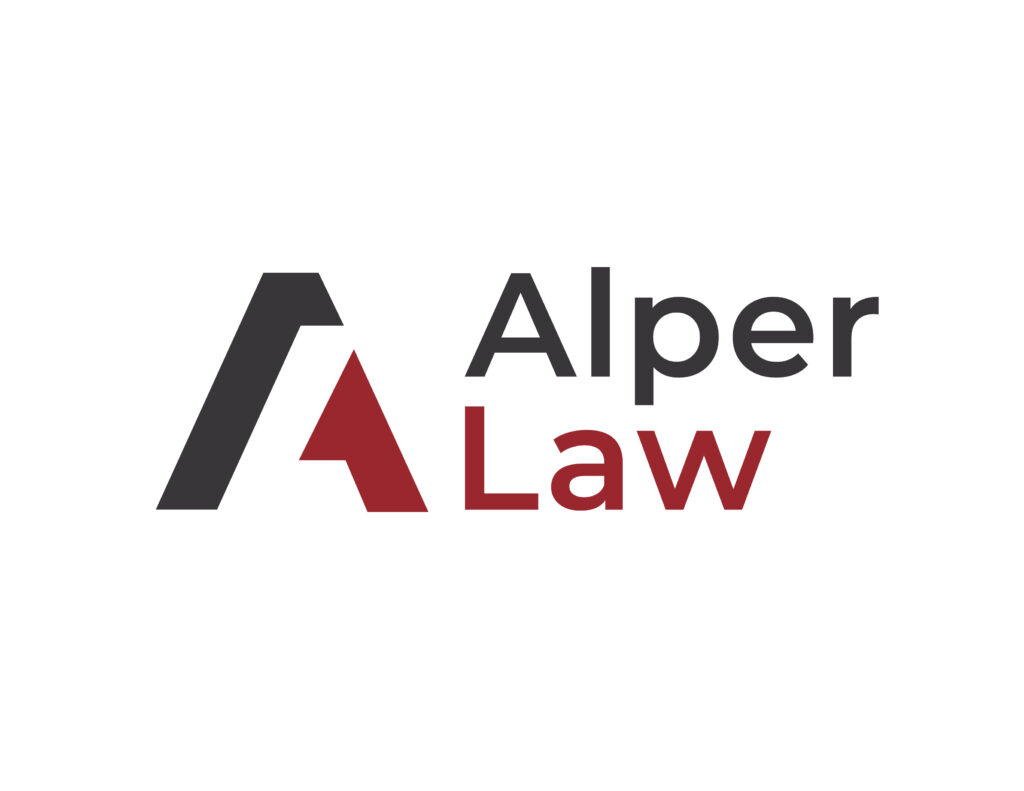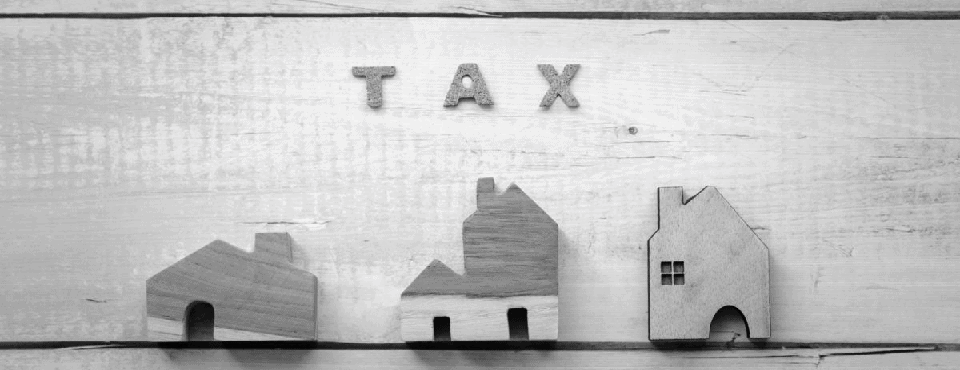If you are at fault in a Florida car accident, your insurer pays others for covered losses up to your policy limits, and you are personally responsible for any amount above those limits.
Florida’s no-fault rules mean your own medical bills first run through your Personal Injury Protection (PIP), but you can still be sued for the other driver’s injuries if they meet Florida’s injury threshold or if their economic losses exceed PIP.
Florida’s No-Fault Basics (PIP)
PIP pays 80% of reasonable, necessary medical expenses up to $10,000 if you get initial treatment within 14 days of the crash; wage loss is generally paid at 60%.
If the treating provider does not diagnose an “emergency medical condition,” PIP medical benefits are capped at $2,500.
When You’re Sued for Injuries
Florida limits lawsuits for pain and suffering to cases with a “serious injury” (significant and permanent loss of an important bodily function, permanent injury, significant scarring/disfigurement, or death). Even when you’re at fault, claims for medical bills and other economic losses can be brought that exceed PIP benefits.
Comparative Fault Still Matters
Florida now follows modified comparative negligence. If you’re more than 50% at fault, you cannot recover for your own injuries against others—but comparative fault will still reduce what others can collect from you in proportion to their share of blame.
Property Damage Liability
You (or your insurer) must pay for damage you cause to other people’s cars or property. Florida requires Property Damage Liability (PDL) insurance to register a vehicle; the state also requires PIP coverage. Minimums are low and often exhausted in real crashes.
Defense and Insurance Limits
If you carry liability coverage, your insurer must defend you and pay covered claims up to your policy limits. If a verdict or settlement exceeds those limits—or if you were uninsured—you are personally responsible for the excess, which can lead to collection efforts against non-exempt assets.
License Suspension After an Unpaid Judgment
A final civil judgment from a crash that goes unpaid can trigger a suspension of your driver’s license, plates, and registration. The Florida Department of Highway Safety and Motor Vehicles enforces suspensions until the judgment is satisfied or otherwise resolved.
Statutes of Limitation
For crashes on or after March 24, 2023, most negligence claims (including car-accident injury claims) must be filed within two years. Waiting beyond the deadline bars the claim.
What You Still Owe When You’re At Fault
PIP does not pay the other driver’s pain and suffering; that exposure is yours if their injuries meet the threshold.
Your PDL pays for the other party’s property damage, but you remain on the hook for amounts above your policy limits. In our experience, clients are often surprised how quickly property damage and medical bills exceed minimum coverage.
Typical Financial Flow After an At-Fault Crash
The other driver’s PIP handles their immediate medical bills up to their limit; your PIP handles yours. Claims beyond PIP shift to you and your insurer: economic losses (e.g., medical bills and wage loss above PIP) and, if the threshold is met, non-economic damages.
Florida’s comparative-fault rules allocate those damages by each party’s percentage of fault.
Deadlines and Triggers to Know
- 14 days to obtain initial treatment to unlock PIP medical benefits (up to $10,000 with an emergency medical condition; otherwise $2,500).
- Two years to file most negligence lawsuits from a crash on or after March 24, 2023.
- Post-judgment: if a final judgment against you remains unpaid, DHSMV can suspend your license/registration until satisfied.
Practical Implications If You’re At Fault
Notify your insurer promptly and cooperate with the defense it provides. Expect claims for property damage and, where allowed, bodily-injury damages; if your limits are low or you’re uninsured, plan for potential payment arrangements or exposure to judgment enforcement.
In our experience, early, documented communication with insurers and claimants reduces the risk of unnecessary excess exposure.
Sign up for the latest information.
Get regular updates from our blog, where we discuss asset protection techniques and answer common questions.
Please enable JavaScript in your browser to submit the form
Publisher: Source link












